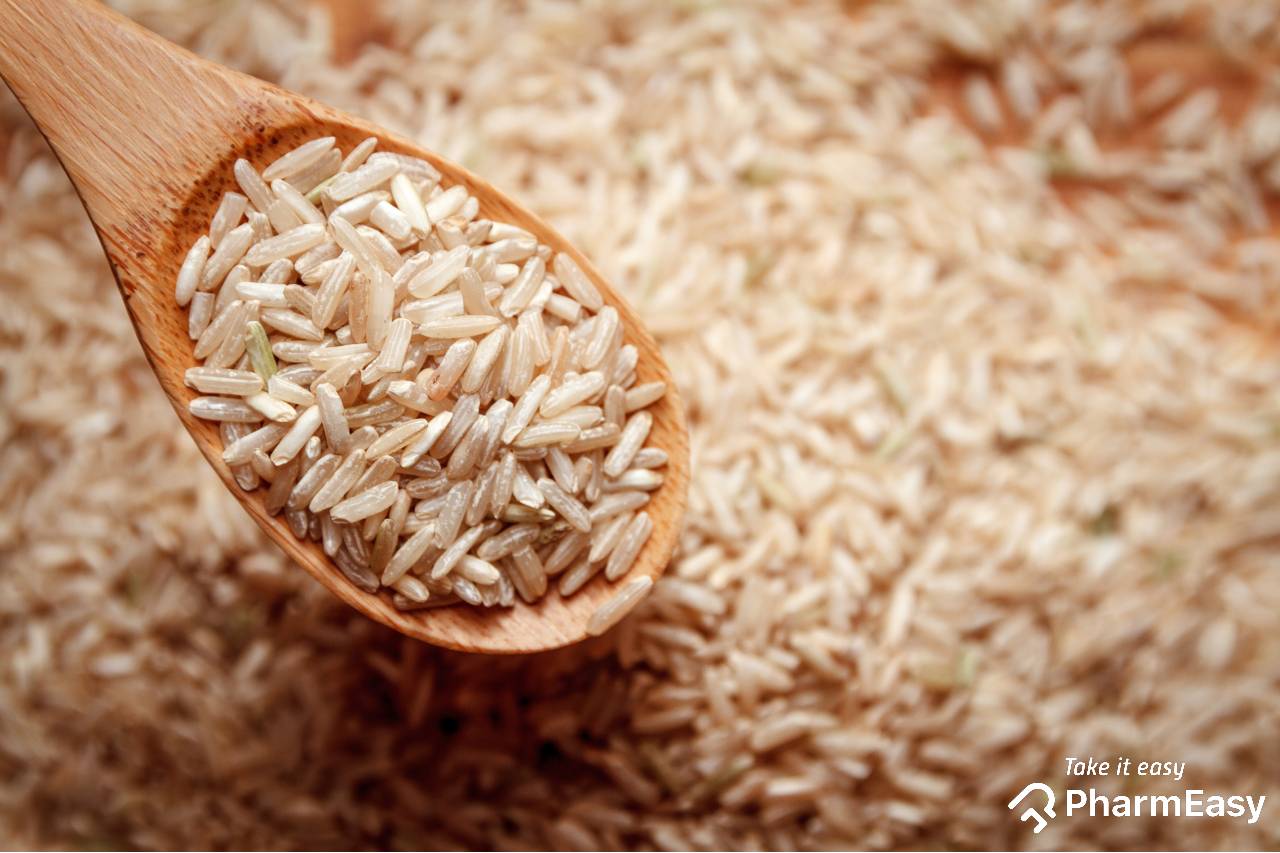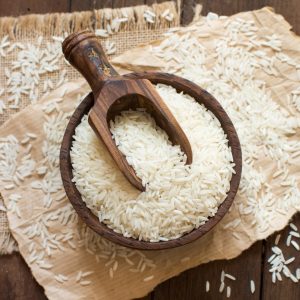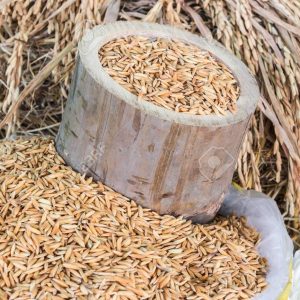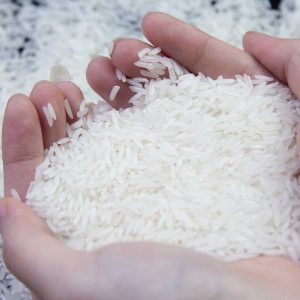Brown Rice: A Comprehensive Guide
Introduction
Brown rice is a whole grain that has gained popularity for its health benefits and nutty flavor. Unlike white rice, brown rice retains its bran and germ layers, making it more nutritious and higher in fiber. This guide provides an in-depth look at brown rice, including its composition, nutritional profile, types, culinary uses, and storage tips.
What is Brown Rice?
Brown rice is rice that has been minimally processed to remove only the outer husk, leaving the bran and germ intact. This gives it a tan color, chewy texture, and a slightly nutty flavor. Because it is less processed than white rice, it retains more of its natural nutrients.
Nutritional Profile
- Carbohydrates: Brown rice is a good source of complex carbohydrates, providing sustained energy.
- Fiber: It is high in dietary fiber, which aids in digestion, helps control blood sugar levels, and supports heart health.
- Protein: Brown rice contains a moderate amount of protein, essential for muscle repair and growth.
- Vitamins and Minerals: Brown rice is rich in essential vitamins and minerals, including:
- B Vitamins: Thiamin, niacin, and pyridoxine.
- Minerals: Magnesium, phosphorus, selenium, and manganese.
- Antioxidants: It contains antioxidants that help protect the body from oxidative stress and inflammation.
Types of Brown Rice
- Long Grain Brown Rice:
- Characteristics: Long and slender grains.
- Texture: Separate and fluffy when cooked.
- Common Uses: Ideal for pilafs, salads, and as a side dish.
- Medium Grain Brown Rice:
- Characteristics: Shorter and wider than long grain.
- Texture: Slightly chewy and moist.
- Common Uses: Suitable for risottos, paellas, and casseroles.
- Short Grain Brown Rice:
- Characteristics: Short, plump grains.
- Texture: Very sticky and clumps together when cooked.
- Common Uses: Perfect for sushi, rice puddings, and other dishes where a sticky texture is desired.
Culinary Uses
- Side Dishes: Brown rice can be served as a nutritious side dish, often seasoned or mixed with herbs and spices.
- Main Dishes: It forms the base of many main dishes, such as stir-fries, grain bowls, and casseroles.
- Salads: Brown rice is an excellent addition to salads, providing a hearty and chewy texture.
- Cultural Dishes: It is commonly used in various cultural cuisines, including Mediterranean, Asian, and Latin American dishes.
- Desserts: Brown rice can be used in sweet dishes like rice pudding, providing a nutritious twist on traditional recipes.
Storage Tips
- Dry Storage: Store uncooked brown rice in an airtight container in a cool, dry place. Because of its natural oils, it has a shorter shelf life than white rice, typically lasting about 6 months.
- Refrigeration and Freezing: To extend its shelf life, store brown rice in the refrigerator or freezer. This helps prevent rancidity and protects it from pests. Ensure the rice is in a tightly sealed container to avoid condensation when it is brought back to room temperature.
- Cooked Storage: Store cooked brown rice in the refrigerator in an airtight container. It is best consumed within 4-6 days. It can also be frozen for longer storage.
Health Considerations
- Digestive Health: The high fiber content of brown rice supports digestive health and helps prevent constipation.
- Blood Sugar Control: Brown rice has a lower glycemic index compared to white rice, meaning it causes a slower, more gradual rise in blood sugar levels. This makes it a better option for individuals managing blood sugar levels.
- Heart Health: The fiber, antioxidants, and magnesium in brown rice contribute to heart health by reducing cholesterol levels and improving overall cardiovascular function.
Environmental Impact
- Sustainable Farming: Choose brands that emphasize sustainable farming practices, such as organic farming and non-GMO practices, to reduce environmental impact.
- Packaging: Consider the environmental impact of packaging. Opt for products with minimal or recyclable packaging to support environmental sustainability.
Conclusion
Brown rice is a nutritious and versatile whole grain that can be easily incorporated into a variety of dishes. Its high fiber content, rich nutrient profile, and distinct flavor make it an excellent choice for those seeking a healthier alternative to white rice. Understanding its types, nutritional benefits, and cooking methods can help you make the most of this wholesome grain. Whether you’re preparing a simple side dish, a hearty main course, or a delicious dessert, brown rice provides a nutritious and flavorful foundation.





Reviews
There are no reviews yet.